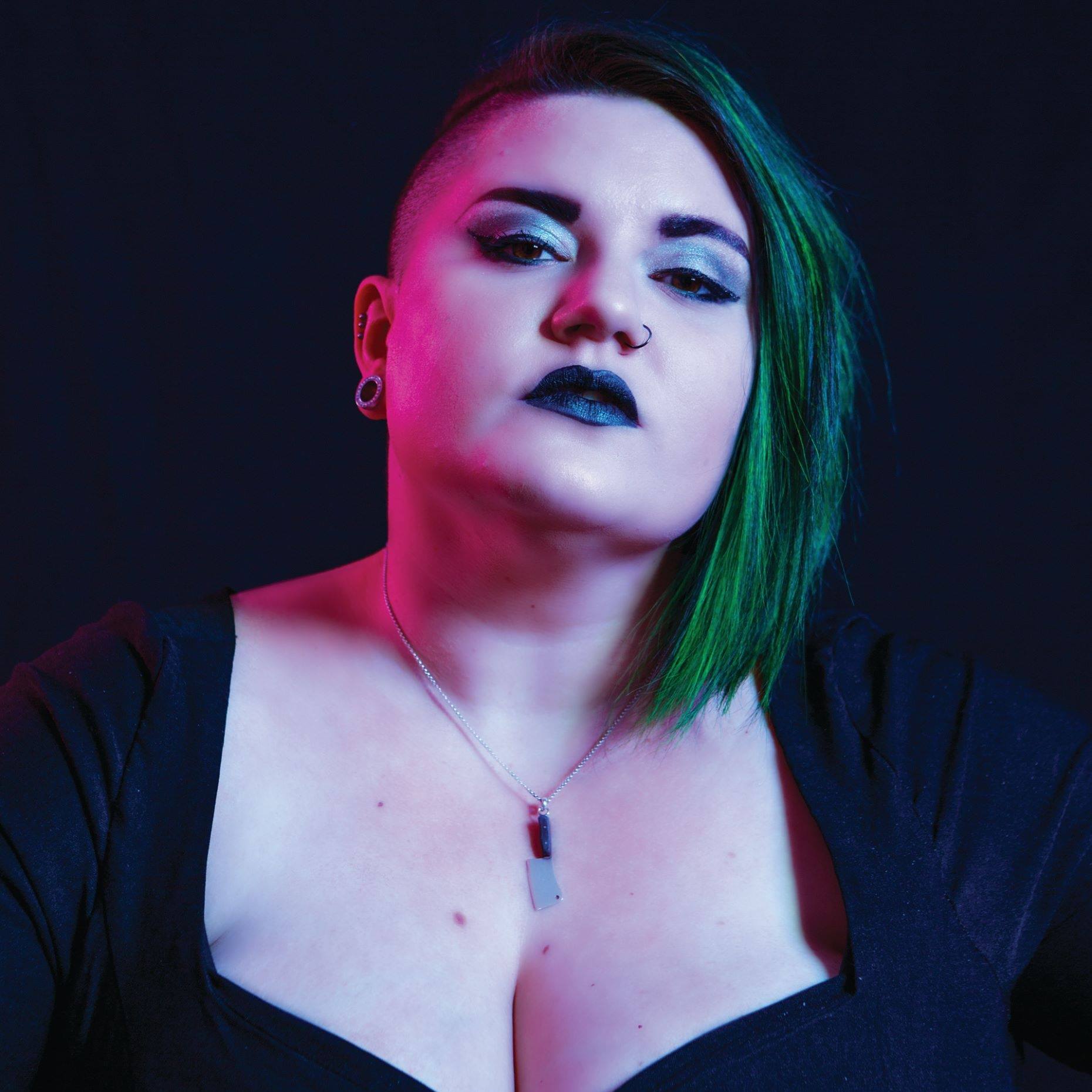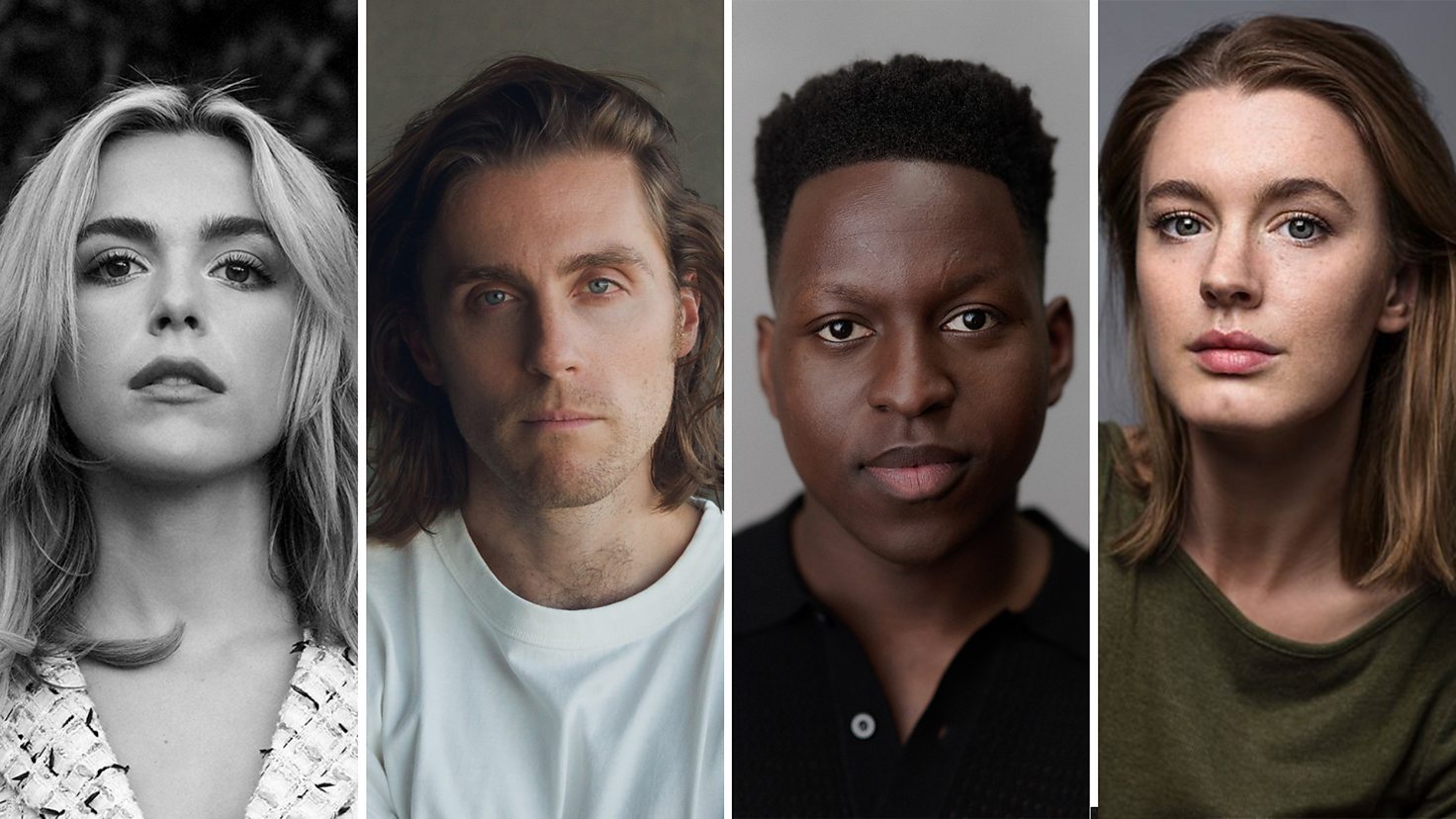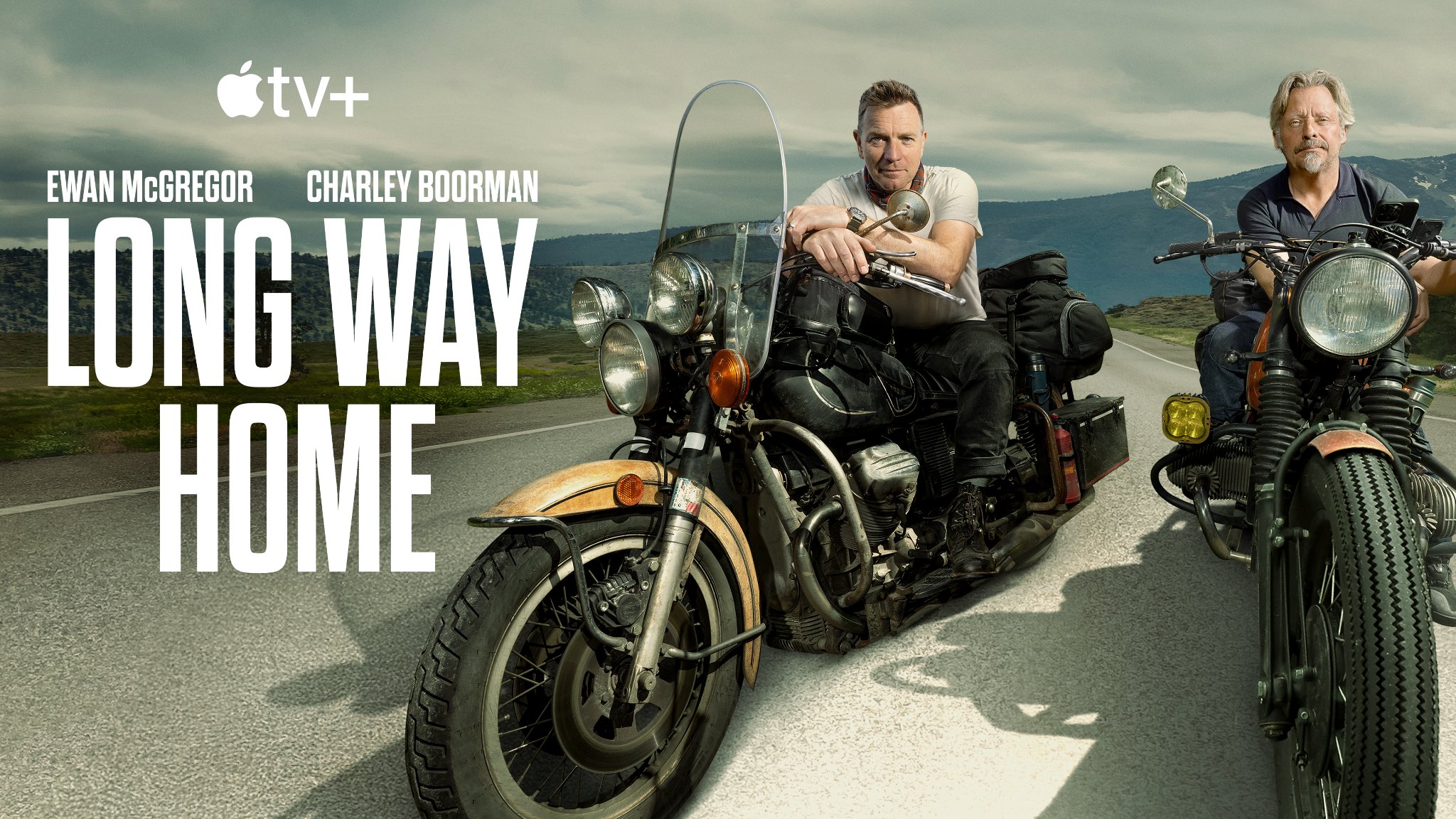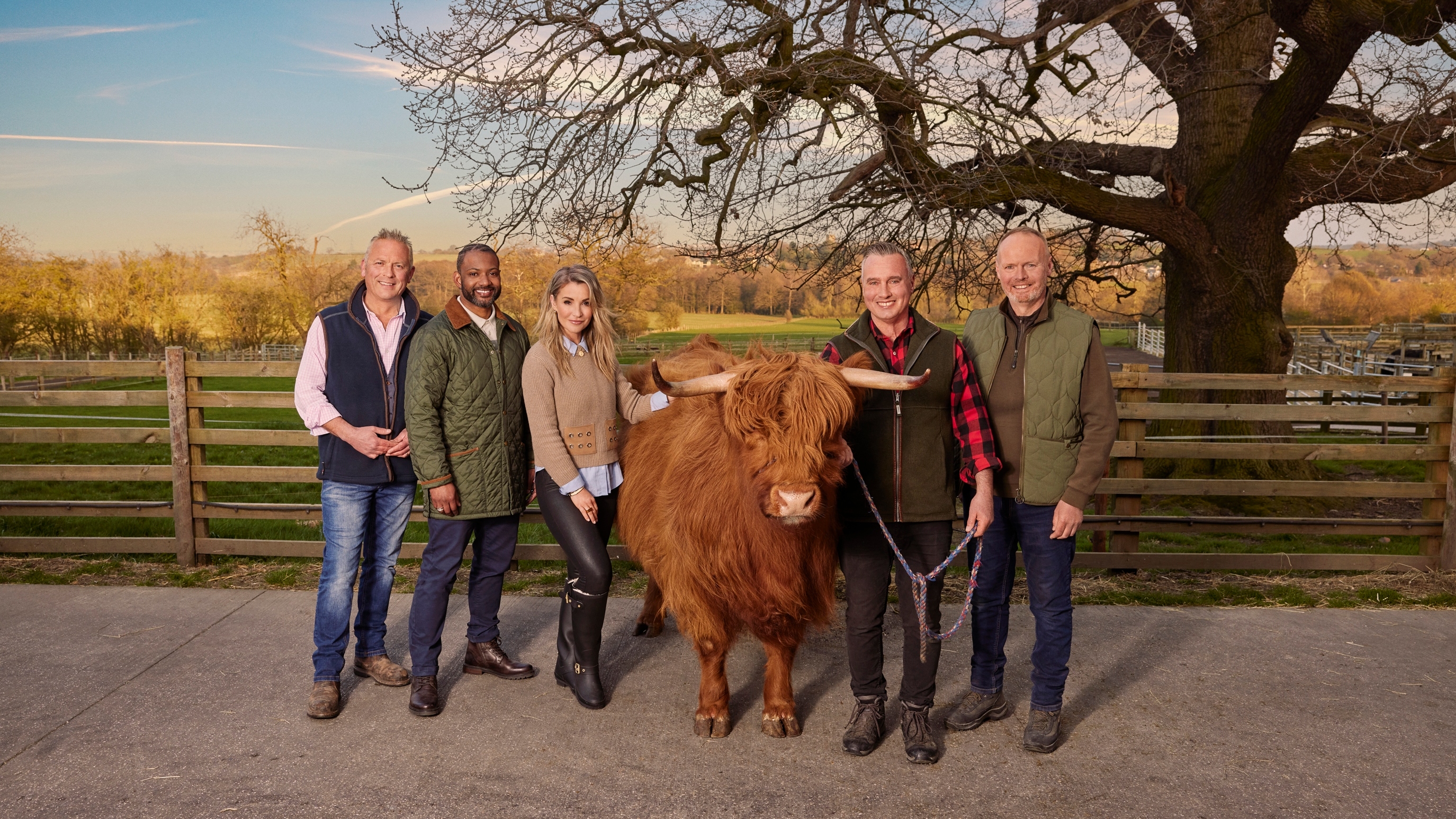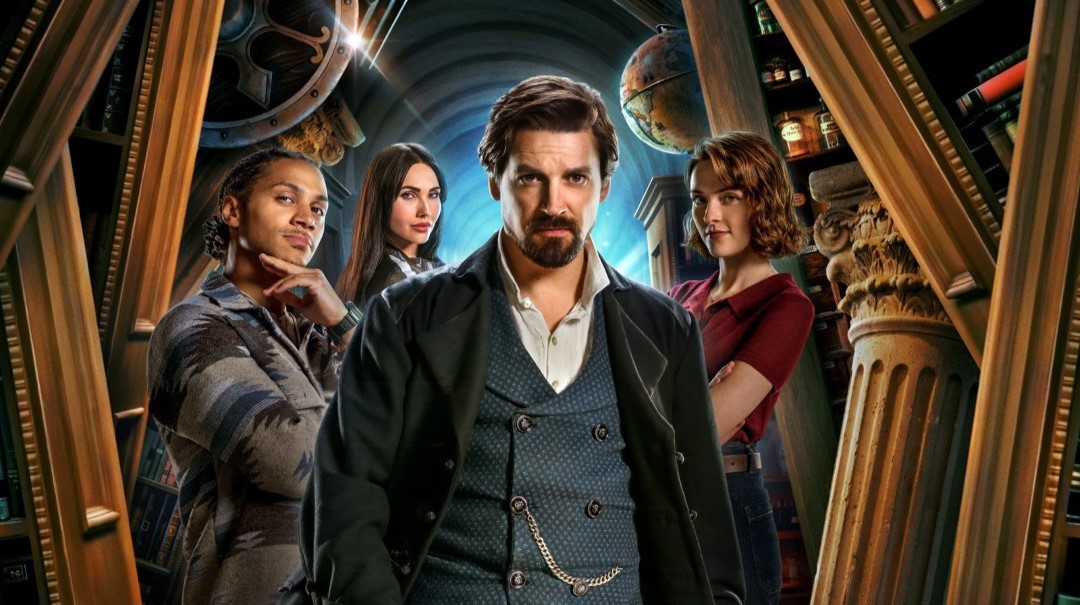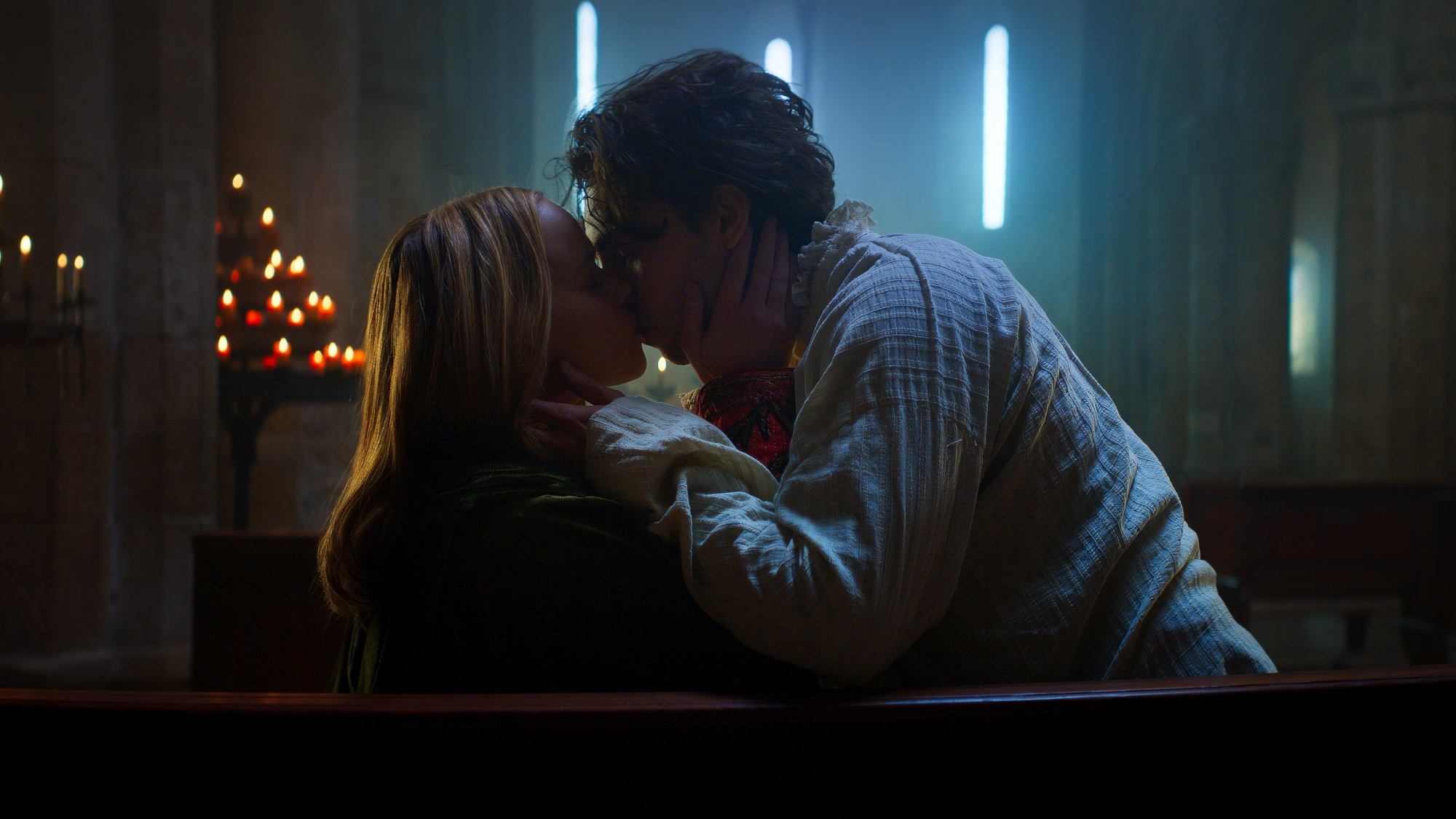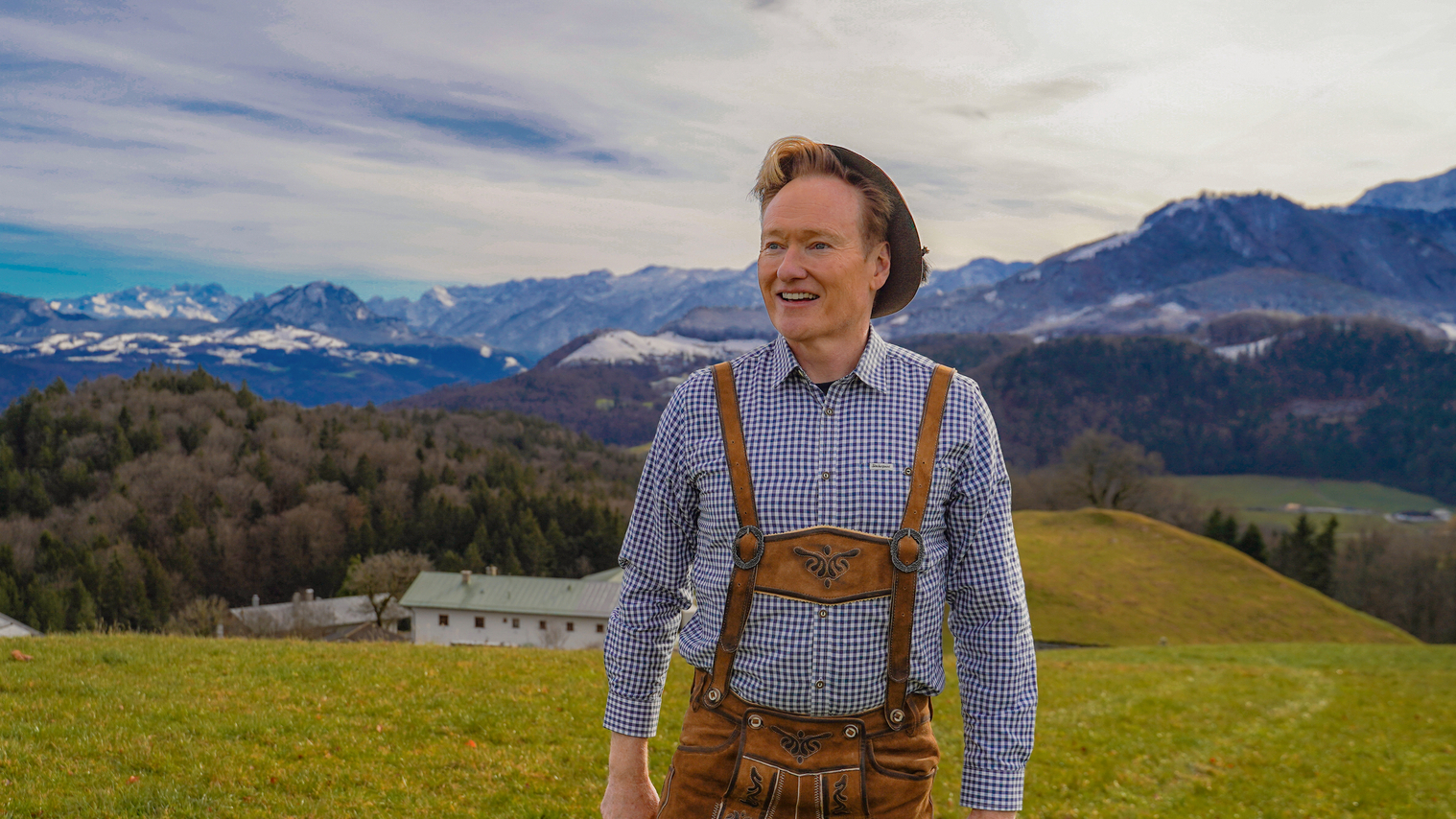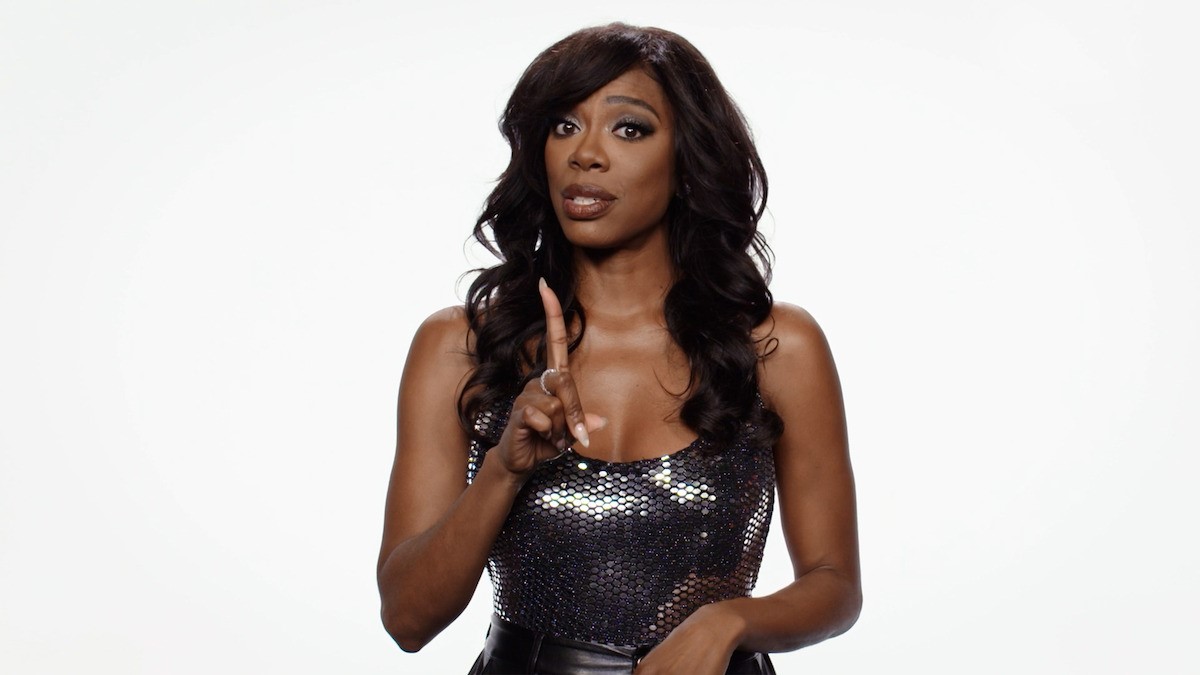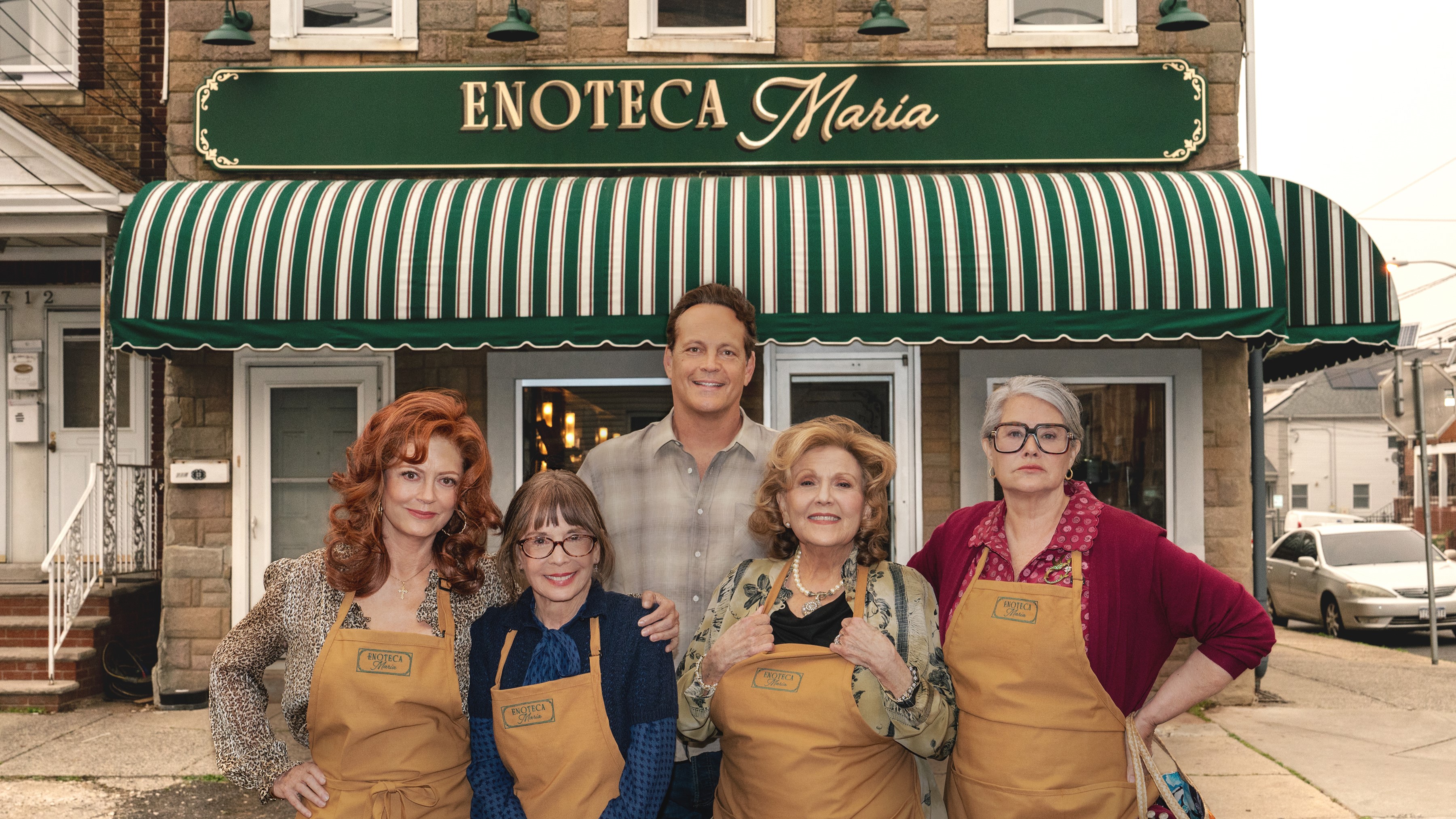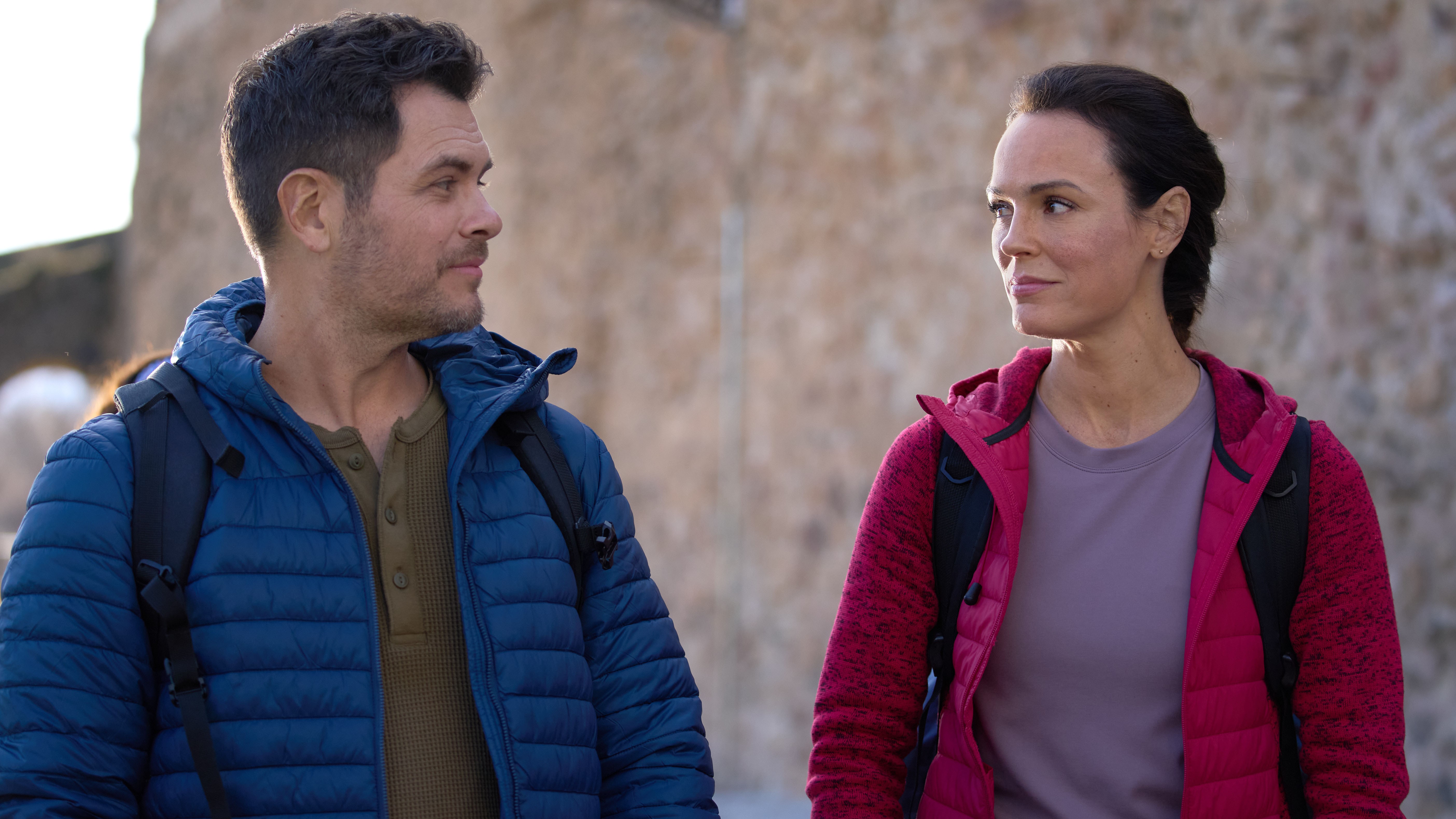The history of horror is gay
Horror movies as we know them today would not exist if it weren’t for the creative expressions of queer people, and queer storytelling.
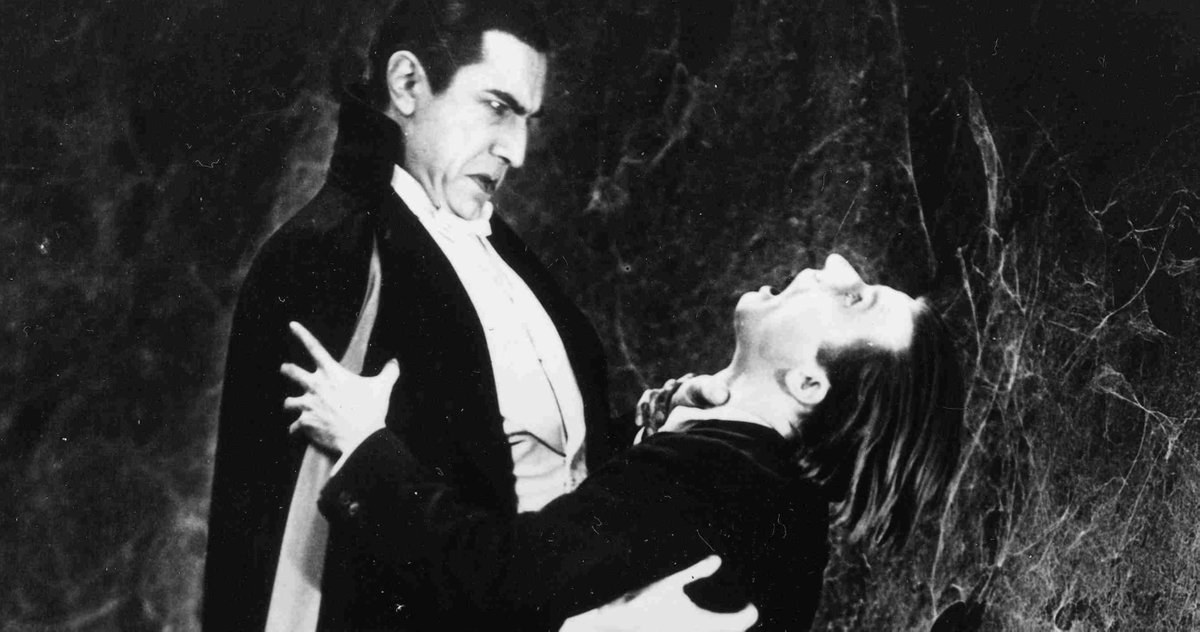
Horror movies have always served as a vehicle for emotional exploration, political commentary, as well as analyzing our relationship with mortality and the unknown. Of all the subgenres of film, horror is the only one to continually see success both financially and with audiences since the beginning of cinema as we know it. All artistic expression builds upon what came before and every work of art is derivative of something. If we go back to the very foundations of the horror genre, we’ll find a constant theme running through the most inspirational works and essential creators--queerness.
Humans have always been storytellers, and cultures around the world have been telling horror stories for entertainment purposes or as cautionary tales as long as humans have been able to communicate. Once we started writing things down, publishing novels, and creating storytelling structures, we began to establish the building blocks of every form of entertainment as we know it. For horror movies, Gothic novels set the stage, and the writers behind these stories were overwhelmingly queer.
Horatio Walpole’s The Castle of Otranto from 1764 is largely accepted as the foundational example of gothic writing, and it’s a story dripping with homoeroticism. Other gothic authors like Matthew Lewis, William Thomas Beckford, and Francis Lathom were all homosexual, and their lives greatly impacted the lens through which they wrote their work. Of course, words like “homosexual” or “gay” are nowhere to be found in their works, because the words hadn’t yet even been invented. But according to James Jenkins of Valancourt Books, “they sublimated them and expressed them in more acceptable forms, using the medium of a transgressive genre like horror fiction.”
In 1818, Mary Shelley invented the science-fiction genre with her novel, Frankenstein. At just 20-years-old, Shelley published one of the most influential works of fiction ever written, and effortlessly critiqued the horrific capabilities within humanity. Shelley also notoriously lost her virginity next to her mother’s grave and kept her husband’s calcified heart with her after his death. Shelley is the coolest goth chick to ever walk the earth, and she was also likely bisexual. In letters she wrote following her husband’s death, she noted being afraid of me, “tousy-mousy” for women, and wanting to “give herself away.” With this information, it’s difficult not to view the tortured creation with the inability to truly love, Frankenstein’s monster, as a vehicle for her own repressed feelings. The creation is wholly sympathetic despite being viewed as a monster, a common theme that would continue throughout queer horror storytelling.
Back in 1872, Joseph Sheridan Le Fanu published one of the earliest vampire novels on record--Carmilla. While the novel was not the first time a vampire tale was told, it holds two very large distinctions. First, It was an overtly queer story. Carmilla is a lesbian and waxes poetically about women. It wasn’t coded, it wasn’t subtextual--it was very, VERY gay. Carmilla predates Bram Stoker’s Dracula by 26 years and was a massive inspiration for the novel. Like Sheridan’s story, both stories are told in the first person, the descriptions of the title character in Carmilla and of Lucy in Dracula are eerily similar, even going as far as both of them struggling with sleepwaking. Stoker's Dr. Abraham Van Helsing is a complete echo of Le Fanu's vampire expert Baron Vordenburg, solidifying the archetype for vampire stories forever.
While it is true that Bram Stoker died having a wife, historians have noted that he was a fiercely private man and had a notably sexless marriage. He was a dear friend of Oscar Wilde and watching him endure the sodomy trials was traumatic, and many believe the “othering” fear of Count Dracula was largely inspired by the way his friend was treated as a monster. He also wrote love letters to Walt Whitman and I’m sorry, there is no way anyone with such a strong grasp on male dom/male sub relationships (in the form of Dracula and R.M. Renfield) is straight.
When these stories made the jump from the page to the screen, it was again queer people who took the reigns. German expressionist director F.W. Murnau made Nosferatu inspired by Stoker’s novel, and was notoriously gay. He moved from Germany to Hollywood later in life solely for the purpose of being able to live openly. The director of Universal’s Frankenstein, James Whale, lived as an openly gay man throughout his career, and delivered us the writing of Bride of Frankenstein’s Dr. Septimus Pretorius, a deliciously fabulous gay character played by the famously queer Ernest Thesiger. Dr. Frankenstein himself, Colin Clive, was rumored to be bisexual and his marriage to Jeanne de Casalis nothing more than a cover for both of their queerness. There are those that deny these claims, but we also know that historians are notorious for straight-washing anyone who lived outside of rigid cisgender heternormative roles.
Director Tod Browning has been described as an “alleged heterosexual,” and both of his films Dracula and Freaks are dripping with homosexual subtext. The first sequel to everyone’s favorite cloak-donning daddy was Dracula’s Daughter, the oft-forgotten Universal monster movie about a woman who seeks the assistance of a psychologist to cure her of her “unnatural” urges and tendencies of seducing female victims, stripping them down, admiring their bodies, and then draining them of their life force. Of course, in 1936 this sort of urge would constitute a psychological evaluation, but to millennial ol’ me, it just sounds like a great night.
These early horror films are the center of the continually growing spider web of the genre, with every horror film easily traced back to the films of the 1920s and 1930s like a game of six degrees of Kevin Bacon but gayer.
What makes it so difficult to discuss the queer roots of horror cinema is that because of archaic standards like The Hay’s Code criminalizing explicitly queer representation and forcing it into subtextual coding, an overwhelming number of straight people are frustratingly incapable of seeing the truth. Queer people became really, really good at hiding queer stories in subversive films like the horror genre, which makes sense considering how many real life queer people had to become good at hiding their own identities. On the contrary, those that refuse to see a queer story unless it features a giant rotating voice-over screaming “THIS IS GAY” just prove that if someone has grown up always seeing themself and their stories represented on screen, they’ve never had to develop the ability to headcanon identifiable visibility.
When It: Chapter 2 came out in 2019, I noted that I found it funny that fans were discrediting Richie Tozier’s gay subtext while costumed wearing the same shirt as Jesse in Nightmare on Elm Street 2. Despite this blatantly visible queer coding, angry fans sent me death threats for trying to “push the gay agenda onto horror.” This is an unfortunately frequent occurrence as any queer film writer will tell you there is often a visceral response by some people for simply identifying queerness in horror. Their anger is clearly rooted in the fear of enjoying something that could be perceived as gay—an immeasurably ironic reality and further proof as to why we call it homophobia.
Sorry, not sorry, but if you love horror movies, you love a genre that has deep roots in queerness. The queer influence will continue to permeate throughout the genre, from every phallic faced alien, penetrative weapon wielding slasher, haunting presence of repressed trauma, and draglike one-liner delivering villains.
It’s impossible to push a gay agenda in a horror film, because horror films have always been queer.
Read More:
• Best LGBTQ+ shows and movies on Netflix
• Best LGBTQ+ shows and movies to watch free online
• Best LGBTQ+ shows and movies to watch on Disney+
• Best LGBTQ+ shows and movies to watch on HBO Max
• Best LGBTQ+ shows and movies to watch on Apple TV+
Get the What to Watch Newsletter
The latest updates, reviews and unmissable series to watch and more!
BJ Colangelo is an award winning filmmaker and film analyst specializing in dismissed cinema and television. She writes about horror, wrestling, musicals, adult animation, sex and gender, kicking pancreatic cancer’s ass, and being a fat queer in places like Fangoria, Vulture, The Daily Dot, Autostraddle, Playboy.com, and a handful of books college students get assigned to read. She’s also the co-host of the teen girl movie podcast, This Ends at Prom, with her wife, Harmony.
